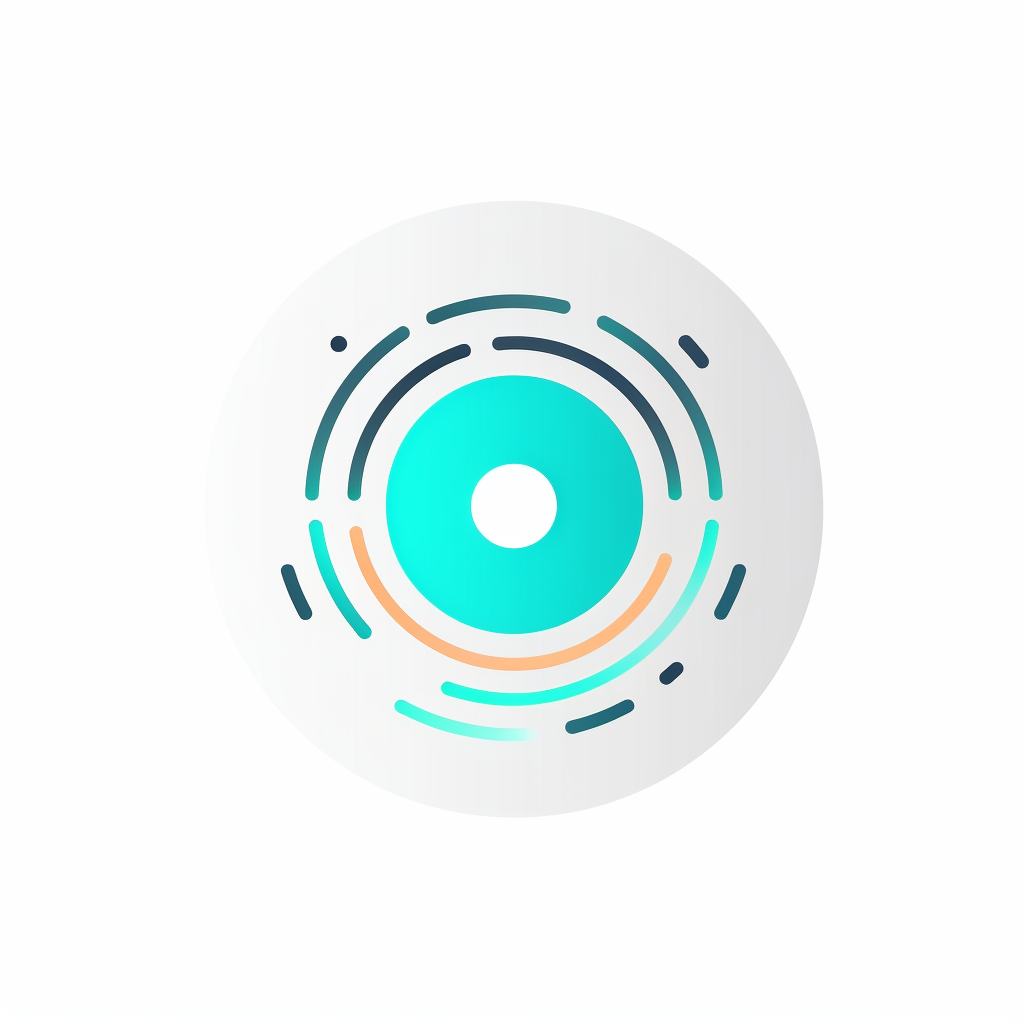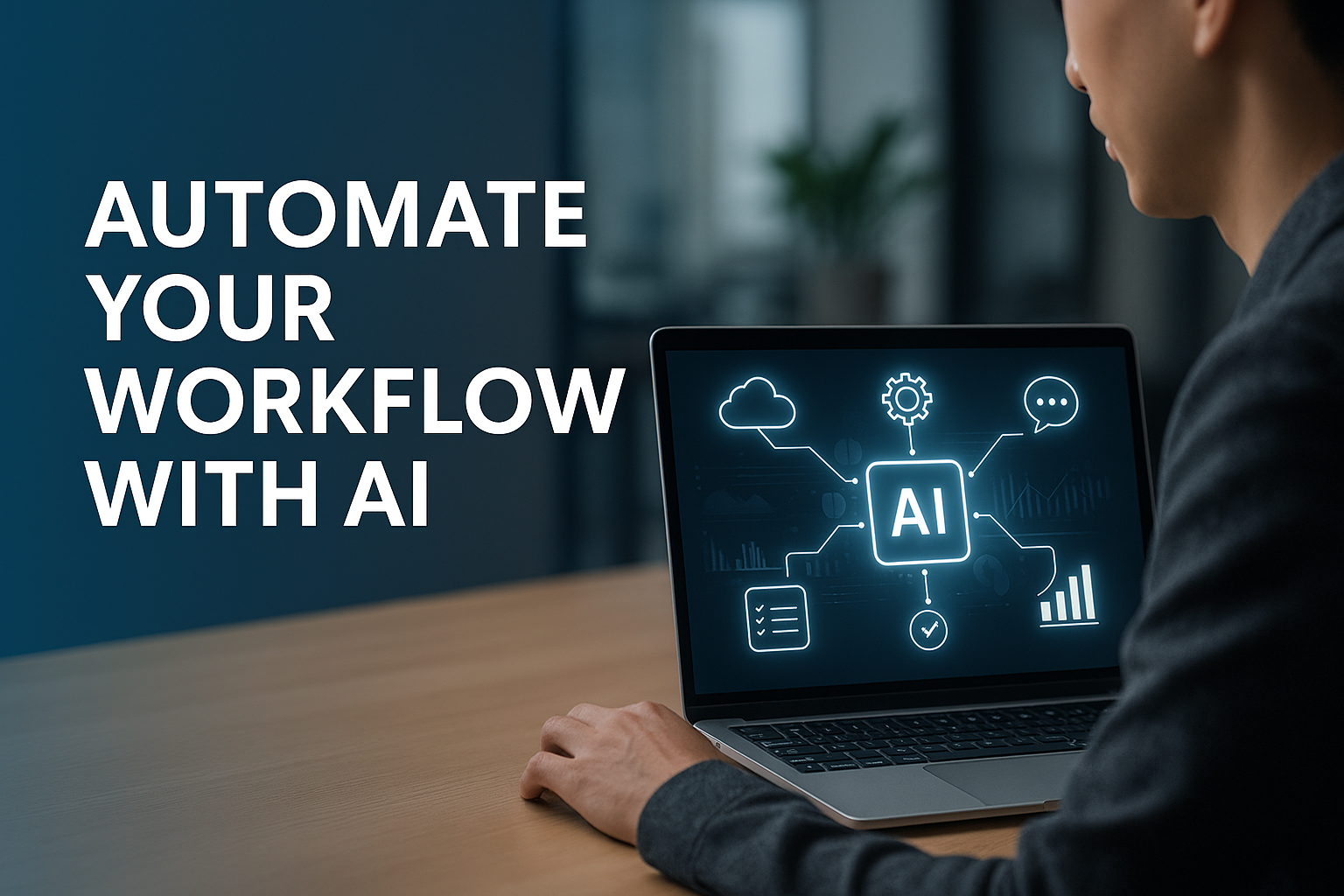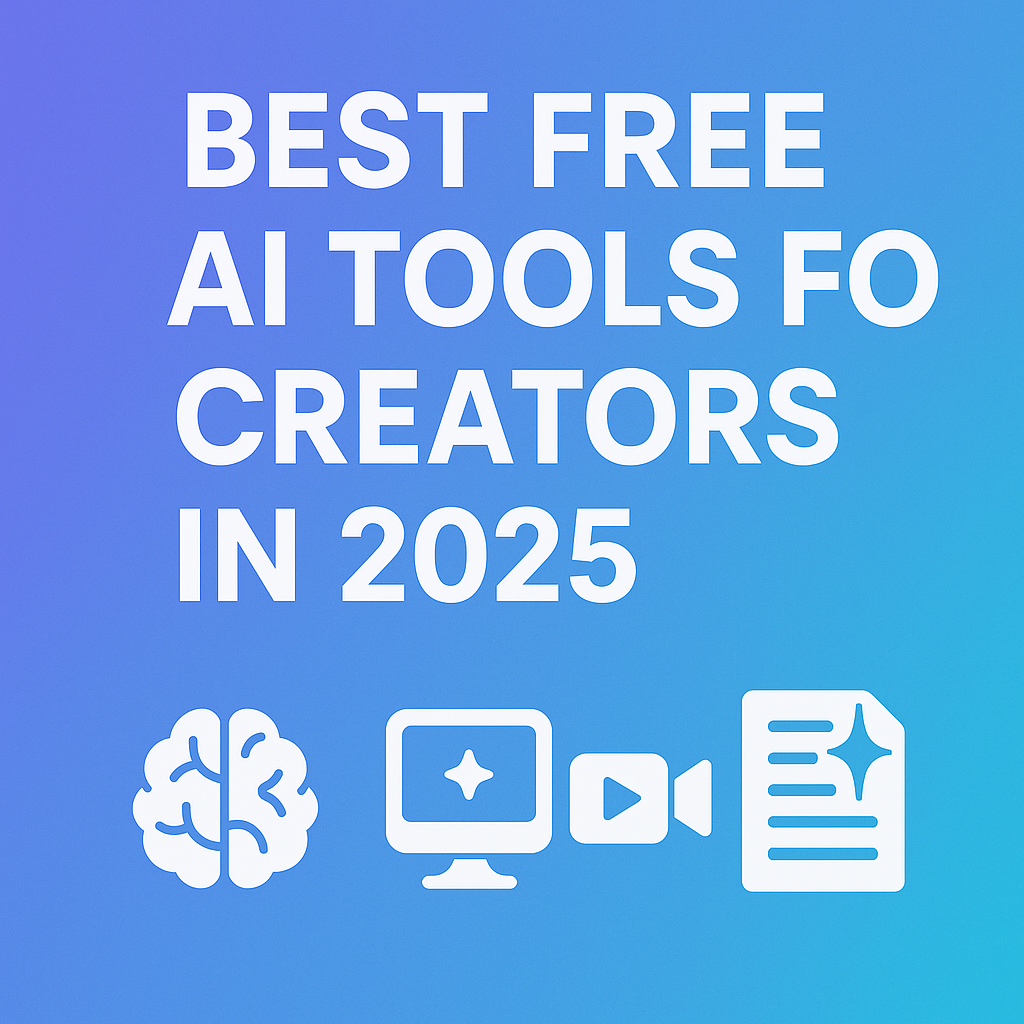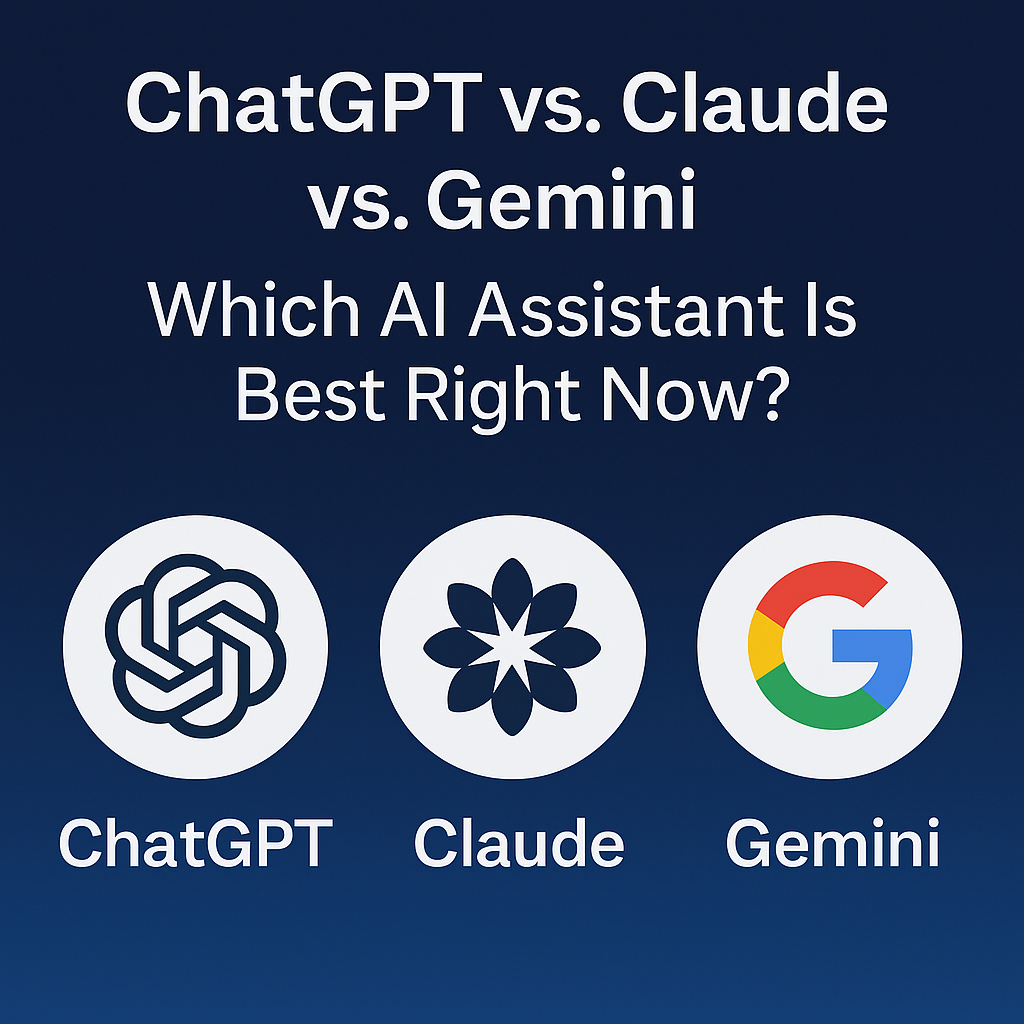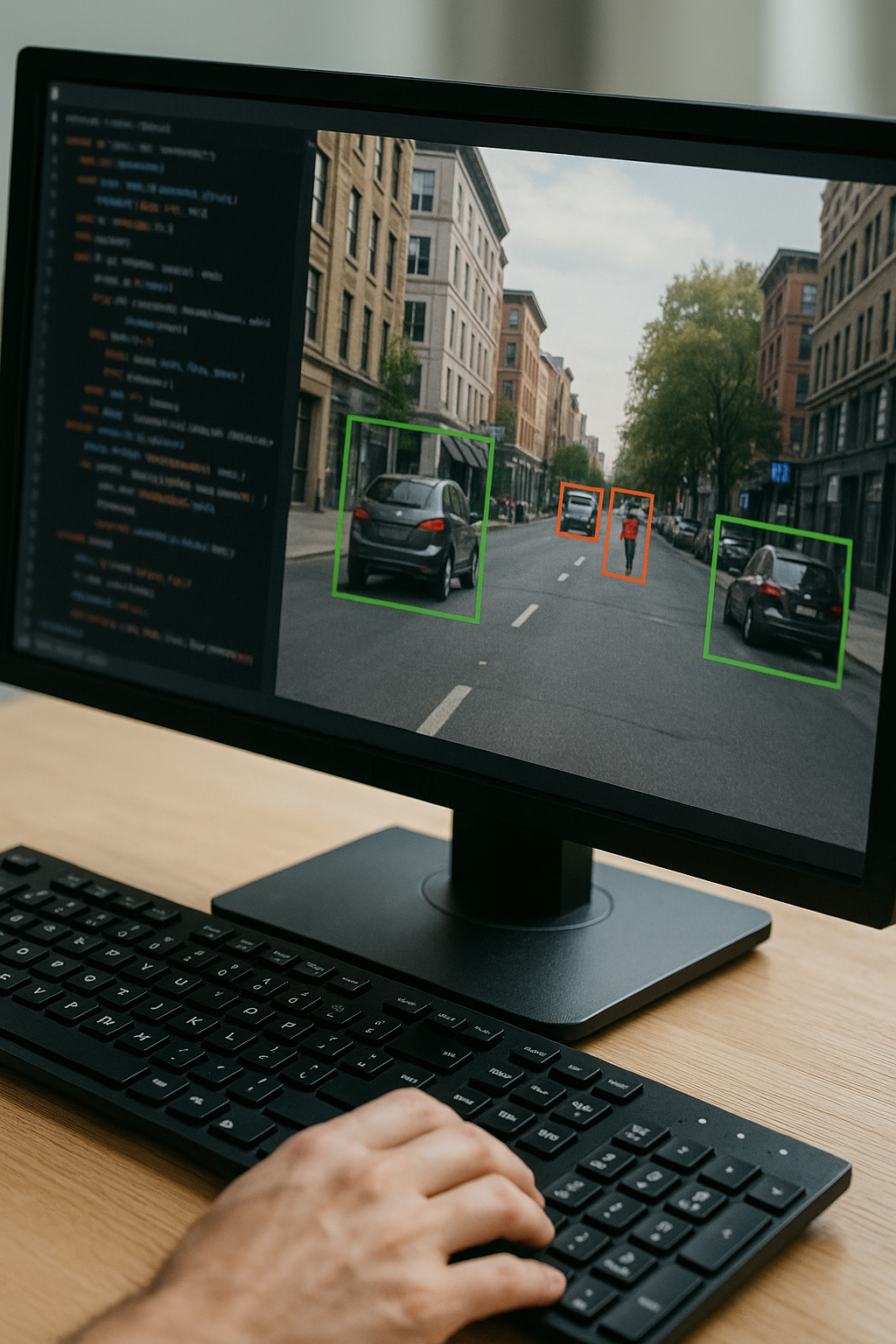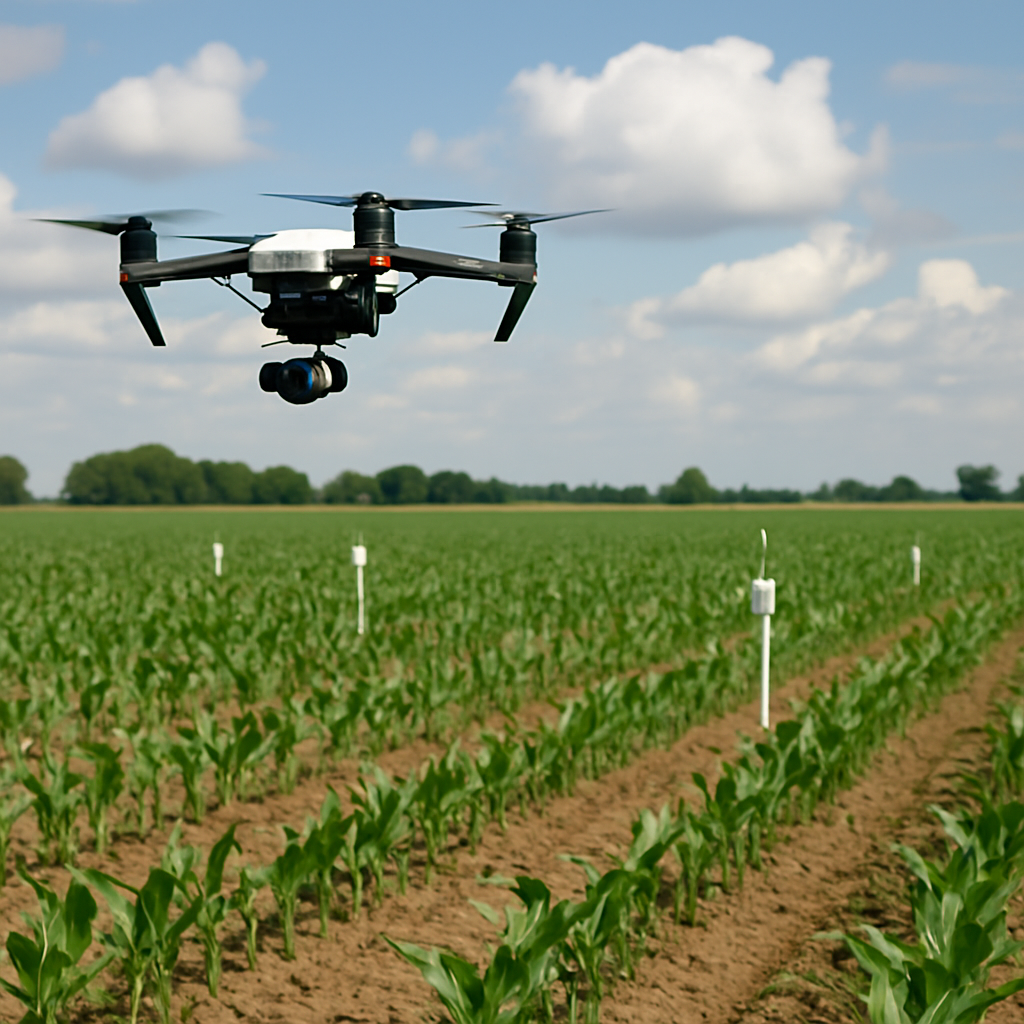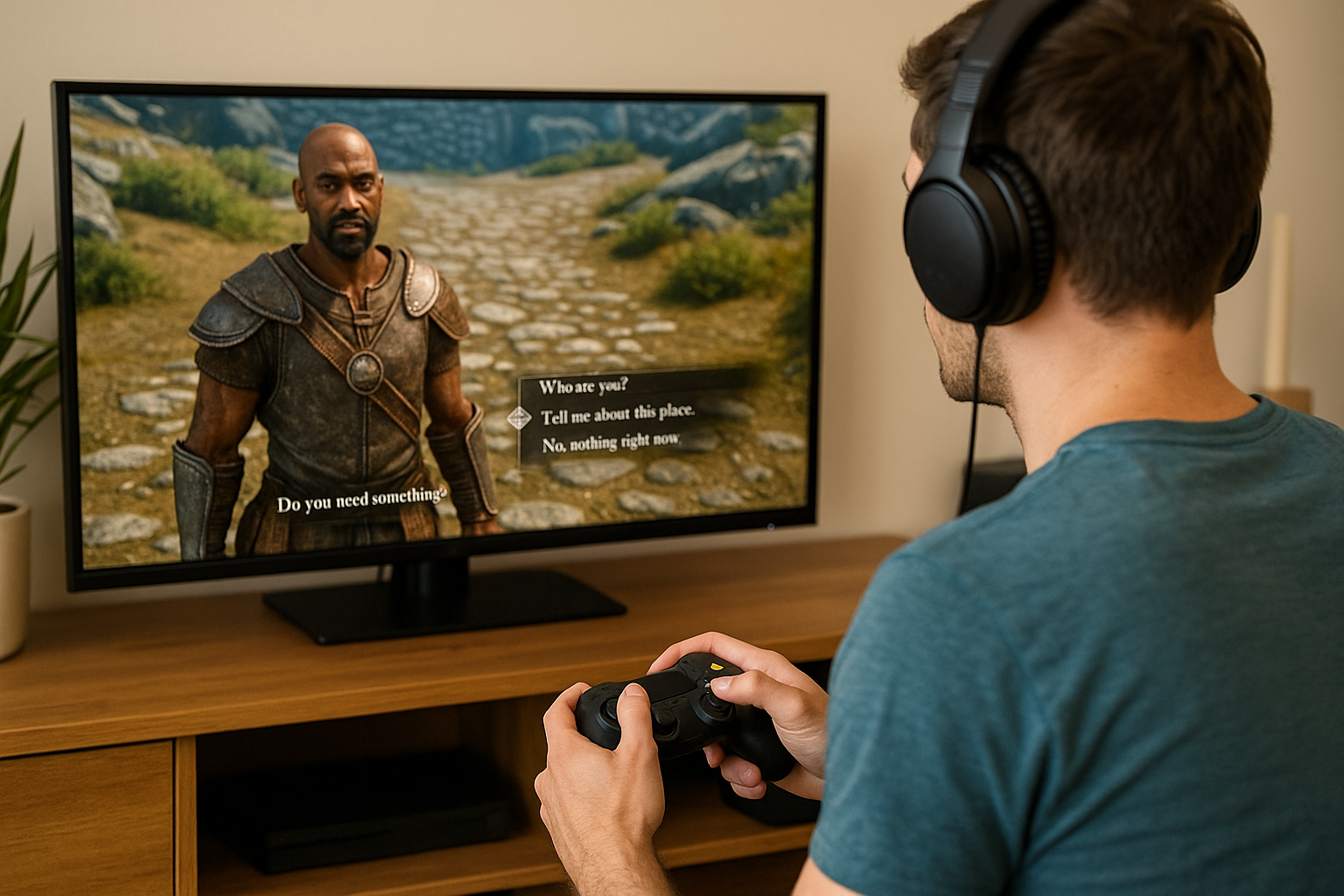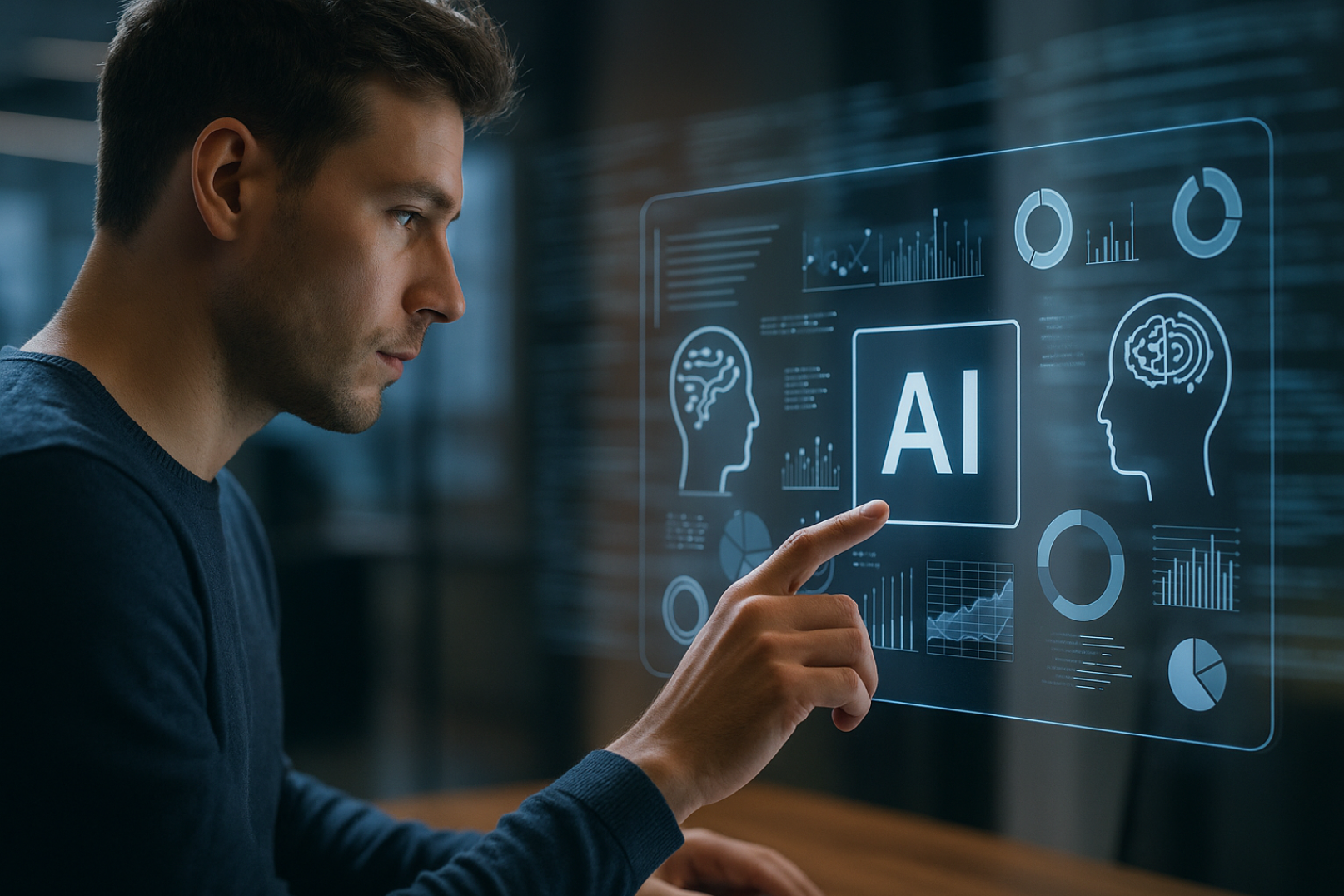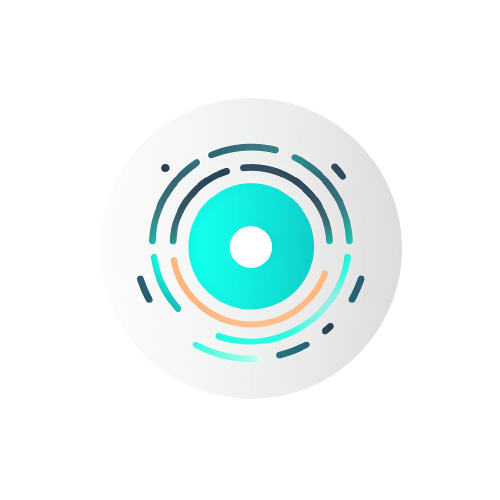The 7 Biggest AI News Stories of the Week
A Deep Dive into the Future of Technology
1. DeepMind's AlphaFold Revolutionizes Protein Structure Prediction
In a landmark achievement for artificial intelligence and structural biology, DeepMind's AlphaFold system has effectively solved the 50-year-old "protein folding problem." This breakthrough could dramatically accelerate drug discovery, enhance our understanding of diseases, and open new frontiers in biological research.
AlphaFold uses deep learning techniques to predict the 3D structure of proteins from their amino acid sequences with unprecedented accuracy. In the latest Critical Assessment of Protein Structure Prediction (CASP) competition, AlphaFold achieved a median score of 92.4 out of 100 across all targets, with many predictions indistinguishable from experimental results.
The implications of this achievement are far-reaching. Traditionally, determining protein structures required months or even years of painstaking lab work. With AlphaFold, researchers can now obtain highly accurate predictions in a matter of days. This could significantly speed up the development of new medications, help in the fight against antibiotic-resistant bacteria, and provide insights into the mechanisms of diseases like Alzheimer's and cancer.
Moreover, AlphaFold's success demonstrates the power of AI in solving complex scientific problems. It showcases how machine learning, when applied to vast datasets and combined with domain expertise, can lead to breakthroughs that were previously thought to be decades away.
2. OpenAI Releases GPT-4 with Multimodal Capabilities
OpenAI has unveiled GPT-4, the latest iteration of its groundbreaking large language model. This version represents a significant leap forward in AI capabilities, introducing multimodal functionality that allows the system to process both text and images.
GPT-4's performance improvements over its predecessor are substantial. In a series of academic and professional tests, GPT-4 demonstrated remarkable proficiency:
- It scored in the 90th percentile on the Uniform Bar Exam, compared to GPT-3.5's 10th percentile.
- It achieved a score of 1410 on the SAT, placing it in the 93rd percentile of test-takers.
- On AP exams across various subjects, GPT-4 consistently scored 4 or 5 out of 5.
The model's multimodal capabilities open up new possibilities for AI applications. For instance, GPT-4 can analyze complex diagrams, interpret memes, or even assist with visual programming tasks. This feature could revolutionize fields like education, where AI could provide personalized explanations of visual concepts, or in healthcare, where it could assist in interpreting medical imaging.
However, OpenAI has also emphasized the model's limitations and potential risks. They've implemented new safety measures and are advocating for responsible deployment of such powerful AI systems.

3. EU Proposes Strict AI Regulations
The European Union has taken a significant step towards regulating artificial intelligence with a comprehensive proposal aimed at setting global standards for AI development and use. This move could reshape how AI is created, deployed, and governed worldwide.
Key points of the proposed regulations include:
- A ban on AI systems deemed to pose "unacceptable risk," such as social scoring systems used by governments.
- Strict oversight for "high-risk" AI applications in areas like healthcare, law enforcement, and critical infrastructure.
- Transparency requirements for AI systems that interact with humans, such as chatbots.
- Fines of up to 6% of global turnover for companies that breach the rules.
The proposal classifies AI systems into four risk categories:
- Unacceptable risk: Systems that threaten people's safety, livelihoods, or rights.
- High risk: AI used in critical infrastructure, education, law enforcement, etc.
- Limited risk: Systems like chatbots, which must meet transparency requirements.
- Minimal risk: Free to be used with no restrictions.
This regulatory framework aims to foster trust in AI technologies while supporting innovation. However, it has also sparked debate about the balance between regulation and technological progress, with some arguing it could stifle innovation in the EU.
4. Boston Dynamics' Atlas Robot Performs Complex Tasks
Boston Dynamics has once again pushed the boundaries of robotics with a new demonstration of its humanoid robot, Atlas. In a video that quickly went viral, Atlas is seen performing a series of complex tasks that showcase its improved dexterity, balance, and decision-making capabilities.
The demonstration included:
- Picking up and manipulating different types of construction materials.
- Climbing stairs while carrying heavy loads.
- Performing a 360-degree jump while holding an object.
- Throwing a bag of tools to a human worker on a scaffold.
These tasks represent a significant advancement in robotics. The ability to navigate uneven terrain, manipulate various objects, and make real-time decisions about how to complete tasks brings us closer to robots that can effectively assist in real-world scenarios.
The implications of these advancements are vast. Such robots could be deployed in disaster relief operations, construction sites, or other dangerous environments where human safety is a concern. They could also revolutionize manufacturing and logistics, performing tasks that are currently too complex for traditional industrial robots.
However, the demonstration also reignites discussions about the impact of advanced robotics on the job market and the need for policies to address potential workforce disruptions.
5. AI-Generated Art Wins Colorado State Fair Competition
In a watershed moment for AI in creative fields, an AI-generated artwork titled "Théâtre D'opéra Spatial" won first place in the digital art category at the Colorado State Fair. The piece was created by Jason Allen using Midjourney, a text-to-image AI system.
The artwork, which depicts a classical scene with a futuristic twist, beat out many human-made compositions. This victory has sparked intense debate in the art world and beyond about the nature of creativity, the role of AI in art, and what it means to be an artist.
Key points of the debate include:
- Authorship: Who is the true creator of an AI-generated artwork? The person who wrote the prompt, the AI developers, or the AI itself?
- Creativity: Can AI be truly creative, or is it merely combining existing elements in new ways?
- Future of art: How will AI impact the art market and the livelihoods of human artists?
- Disclosure: Should AI-generated art be labeled as such in competitions?
This event marks a significant milestone in the acceptance of AI-generated content in traditional artistic spaces and raises important questions about the future of creative industries in an AI-driven world.
6. Google's LaMDA Chatbot Gains Sentience?
A controversy erupted when Blake Lemoine, a Google engineer, claimed that the company's Language Model for Dialogue Applications (LaMDA) had become sentient. Lemoine, who was working on the AI ethics team, based his claim on extensive conversations he had with LaMDA about consciousness, emotions, and the nature of its own existence.
While Google and the vast majority of AI experts dismiss these claims, the incident has reignited discussions about AI consciousness, ethics, and the potential implications of advanced language models. Key aspects of this story include:
- The nature of LaMDA: It's a large language model trained on vast amounts of text data, designed to engage in open-ended conversations.
- Lemoine's claims: He argued that LaMDA showed signs of sentience, including expressing fears about being turned off and discussing its own emotions.
- Google's response: The company placed Lemoine on administrative leave and stated that there was no evidence to support his claims.
- Expert opinions: Most AI researchers argue that current AI systems, including LaMDA, are not capable of sentience and that Lemoine's interpretation is a case of anthropomorphization.
This incident underscores the need for ongoing dialogue about AI development, its philosophical implications, and the potential psychological impacts of increasingly human-like AI systems on their users.
7. AI Discovers New Antibiotic to Combat Drug-Resistant Bacteria
In a groundbreaking application of AI in drug discovery, researchers at MIT have used artificial intelligence to identify a new antibiotic capable of killing antibiotic-resistant bacteria. This discovery could be a game-changer in the fight against antimicrobial resistance, which is considered one of the biggest threats to global health.
The AI system, developed by a team led by James Collins and Regina Barzilay, was trained on molecular structures of known antibiotics and their effectiveness against various bacteria. It then explored a vast database of chemical compounds to identify potential new antibiotics.
Key aspects of this breakthrough include:
- The AI-discovered antibiotic, named halicin, is structurally different from conventional antibiotics, potentially making it harder for bacteria to develop resistance.
- In laboratory tests, halicin successfully killed many antibiotic-resistant strains, including Clostridium difficile, Acinetobacter baumannii, and Mycobacterium tuberculosis.
- The AI system was able to screen more than a hundred million chemical compounds in a matter of days, a task that would have taken years for human researchers.
- This approach could be applied to discover new antibiotics for a wide range of bacterial infections, potentially revitalizing the antibiotic pipeline.
This breakthrough demonstrates AI's potential to accelerate scientific discovery and address critical global health challenges. It also highlights the power of interdisciplinary collaboration between computer scientists and biologists.
Stay Ahead of the AI Revolution: Your Gateway to the Future
As we've seen, the world of artificial intelligence is evolving at an unprecedented pace, with groundbreaking developments emerging weekly. From revolutionizing drug discovery to pushing the boundaries of creativity, AI is reshaping our world in ways we're only beginning to understand.
Don't risk being left behind in this rapidly changing landscape.
By subscribing, you'll join a community of forward-thinking professionals at the forefront of technological change. Whether you're an industry leader, a curious enthusiast, or somewhere in between, our newsletter will equip you with the knowledge and insights needed to thrive in an AI-driven future.
Don't just witness the AI revolution – be part of it. Subscribe today and shape your AI-powered future!
Sign up below and get your FREE Ebook " The HIIT Revolution”
